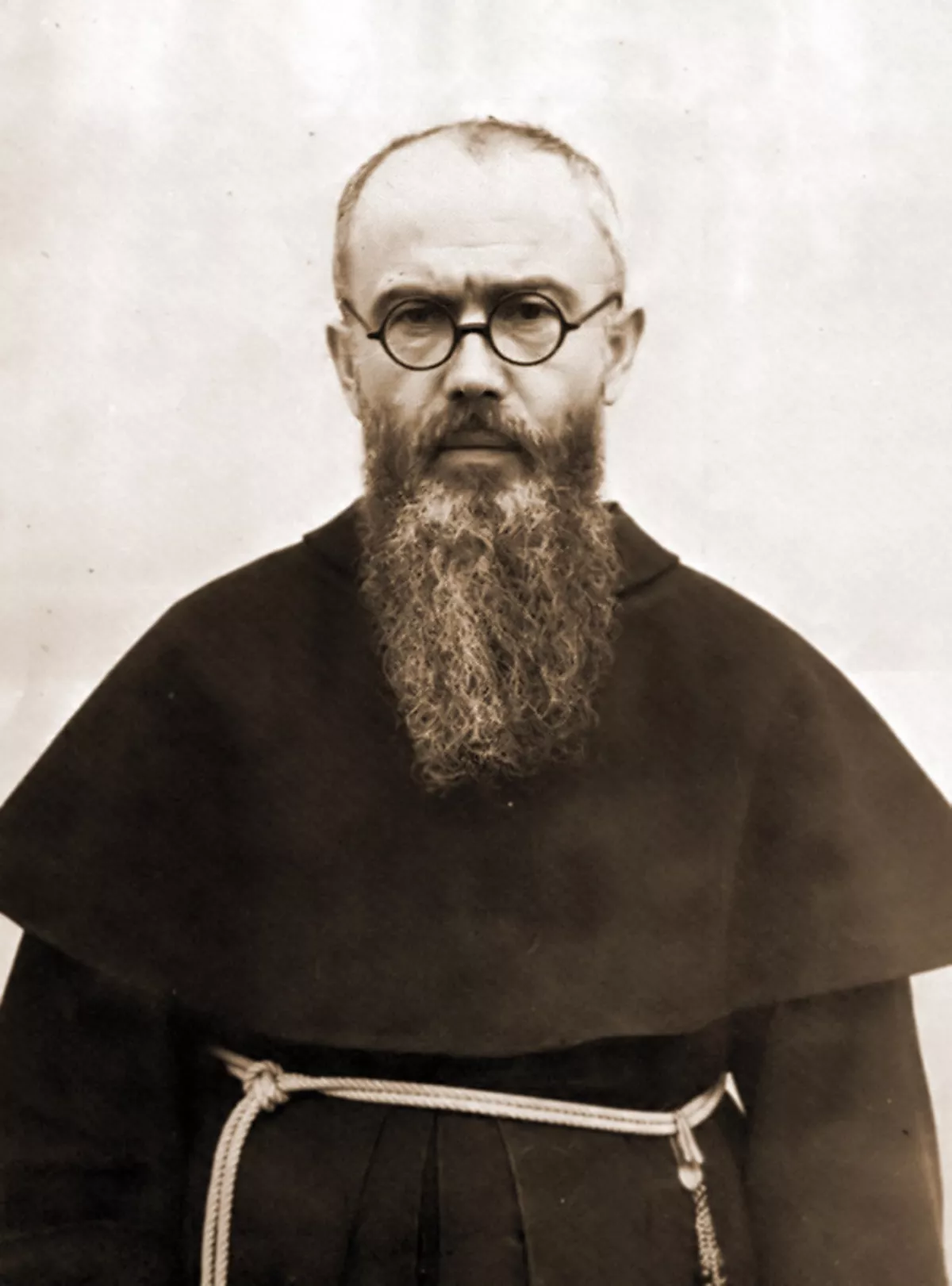 1.
1. Maximilian Kolbe had been active in promoting the veneration of the Immaculate Virgin Mary, founding and supervising the monastery of Niepokalanow near Warsaw, operating an amateur-radio station, and founding or running several other organizations and publications.